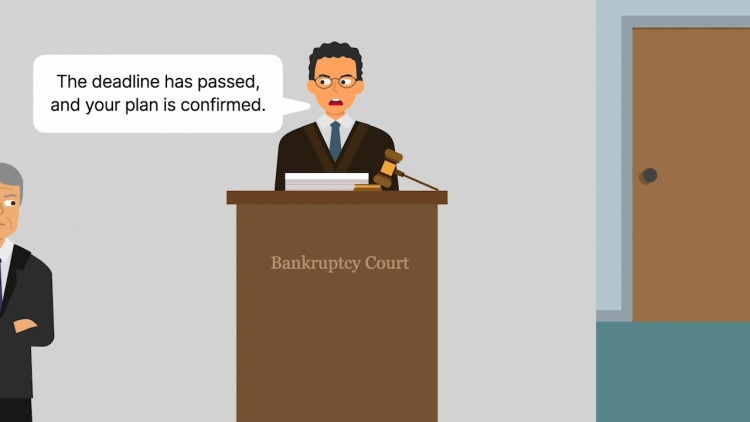In Re Grossman’s Inc.
United States Court of Appeals for the Third Circuit
607 F.3d 114 (2010)
- Written by Rose VanHofwegen, JD
Facts
In 1977, Mary Van Brunt bought products to remodel her home from Grossman’s, Inc. (debtor), a home-improvement retailer. The products allegedly contained asbestos. Twenty years later, Grossman’s filed to reorganize in bankruptcy under Chapter 11. Grossman published notice of the deadline for filing proofs of claim, but the notice did not suggest Grossman’s might have future asbestos liability. In 1997, the bankruptcy court confirmed Grossman’s reorganization plan, discharging all claims that arose before its effective date. Mary filed no proof of claim. In 2006, Mary manifested symptoms of a cancer linked to asbestos exposure. After her diagnosis, Mary and her husband, Gordon, sued Grossman’s successor, JELD-WEN, and 57 other companies that may have made the products Mary bought. JELD-WEN moved to reopen the Chapter 11 case to confirm it discharged the Van Brunts’ claims. Mary died in 2008, and Gordon was substituted as representative of her estate. The bankruptcy court found the reorganization plan did not discharge the Van Brunts’ claims, reasoning they arose after the plan’s effective date, and entered judgment allowing the state court action to proceed against JELD-WEN. After the district court affirmed, JELD-WEN appealed.
Rule of Law
Issue
Holding and Reasoning (Sloviter, J.)
What to do next…
Here's why 899,000 law students have relied on our case briefs:
- Written by law professors and practitioners, not other law students. 47,000 briefs, keyed to 994 casebooks. Top-notch customer support.
- The right amount of information, includes the facts, issues, rule of law, holding and reasoning, and any concurrences and dissents.
- Access in your classes, works on your mobile and tablet. Massive library of related video lessons and high quality multiple-choice questions.
- Easy to use, uniform format for every case brief. Written in plain English, not in legalese. Our briefs summarize and simplify; they don’t just repeat the court’s language.





